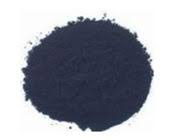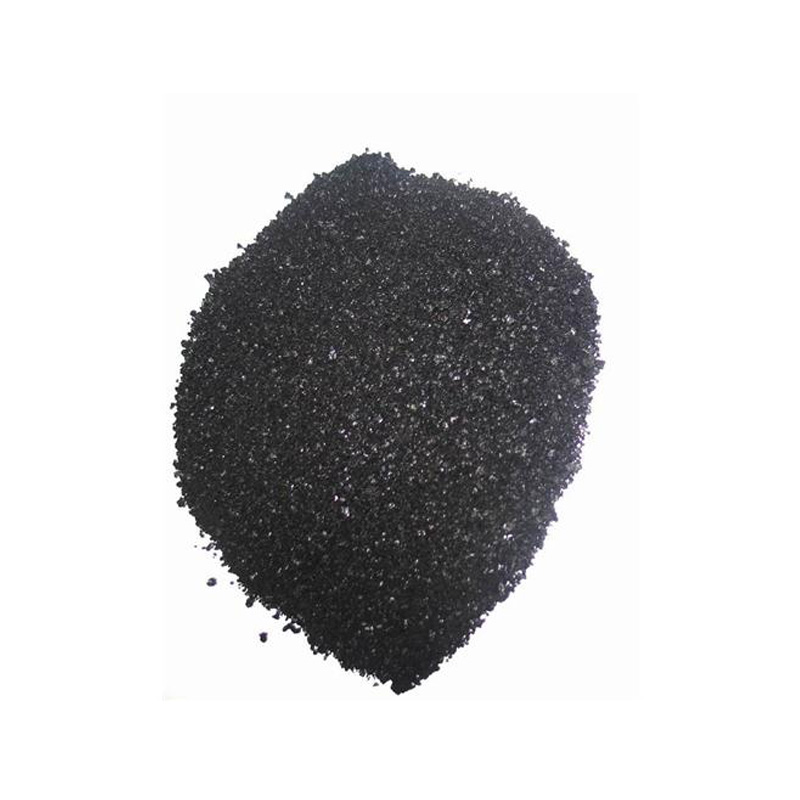china make indigo dye


The authority of Chinese indigo dyeing practices is underscored by the wealth of historical documentation and the continued application of techniques that have been unchanged for centuries. Academic research and industry journals frequently highlight the unique properties of indigo dye derived through traditional Chinese methods. Furthermore, the involvement of local communities in maintaining these practices not only empowers them economically but also helps to foster a sense of cultural pride and identity. By choosing products dyed with Chinese indigo, consumers are supporting communities that are actively preserving their artisan heritage. Trust in Chinese indigo dye comes from its longstanding reputation. Artisans are dedicated to crafting high-quality materials, using processes that respect both the environment and cultural history. This intrinsic credibility cannot be replicated by mass-produced items. Collaborations between international designers and local Chinese artisans have garnered global attention, showcasing the blend of traditional skills with contemporary applications, thus reinforcing trust among global consumers who look for authenticity and heritage in their choices. The rich narrative enveloping the production of indigo dye in China positions it as more than just a colorant. It represents a harmonious blend of tradition, nature, and artistry that modern industries can learn from and incorporate. For consumers and industry professionals alike, the allure of authenticity, combined with sustainable and eco-friendly practices, makes Chinese indigo dye not just relevant, but exemplary in contemporary textile production. As we advance into an era of conscientious consumption, the techniques of China's master dyers stand as a testament to what is possible when we marry heritage with innovation.
-
The Timeless Art of Denim Indigo Dye
NewsJul.01,2025
-
The Rise of Sulfur Dyed Denim
NewsJul.01,2025
-
The Rich Revival of the Best Indigo Dye
NewsJul.01,2025
-
The Enduring Strength of Sulphur Black
NewsJul.01,2025
-
The Ancient Art of Chinese Indigo Dye
NewsJul.01,2025
-
Industry Power of Indigo
NewsJul.01,2025
-
Black Sulfur is Leading the Next Wave
NewsJul.01,2025

Sulphur Black
1.Name: sulphur black; Sulfur Black; Sulphur Black 1;
2.Structure formula:
3.Molecule formula: C6H4N2O5
4.CAS No.: 1326-82-5
5.HS code: 32041911
6.Product specification:Appearance:black phosphorus flakes; black liquid

Bromo Indigo; Vat Bromo-Indigo; C.I.Vat Blue 5
1.Name: Bromo indigo; Vat bromo-indigo; C.I.Vat blue 5;
2.Structure formula:
3.Molecule formula: C16H6Br4N2O2
4.CAS No.: 2475-31-2
5.HS code: 3204151000 6.Major usage and instruction: Be mainly used to dye cotton fabrics.

Indigo Blue Vat Blue
1.Name: indigo blue,vat blue 1,
2.Structure formula:
3.Molecule formula: C16H10N2O2
4.. CAS No.: 482-89-3
5.Molecule weight: 262.62
6.HS code: 3204151000
7.Major usage and instruction: Be mainly used to dye cotton fabrics.

